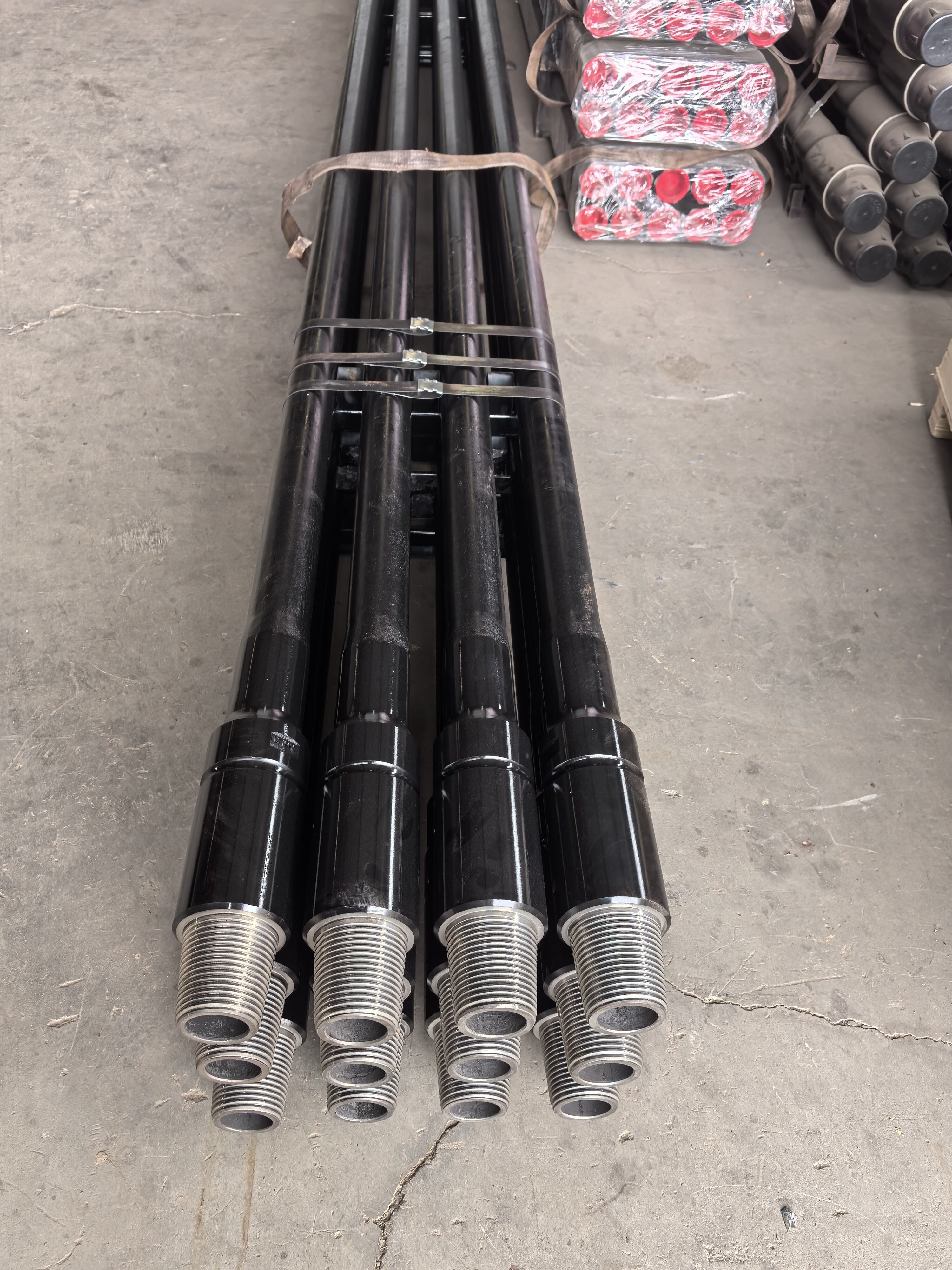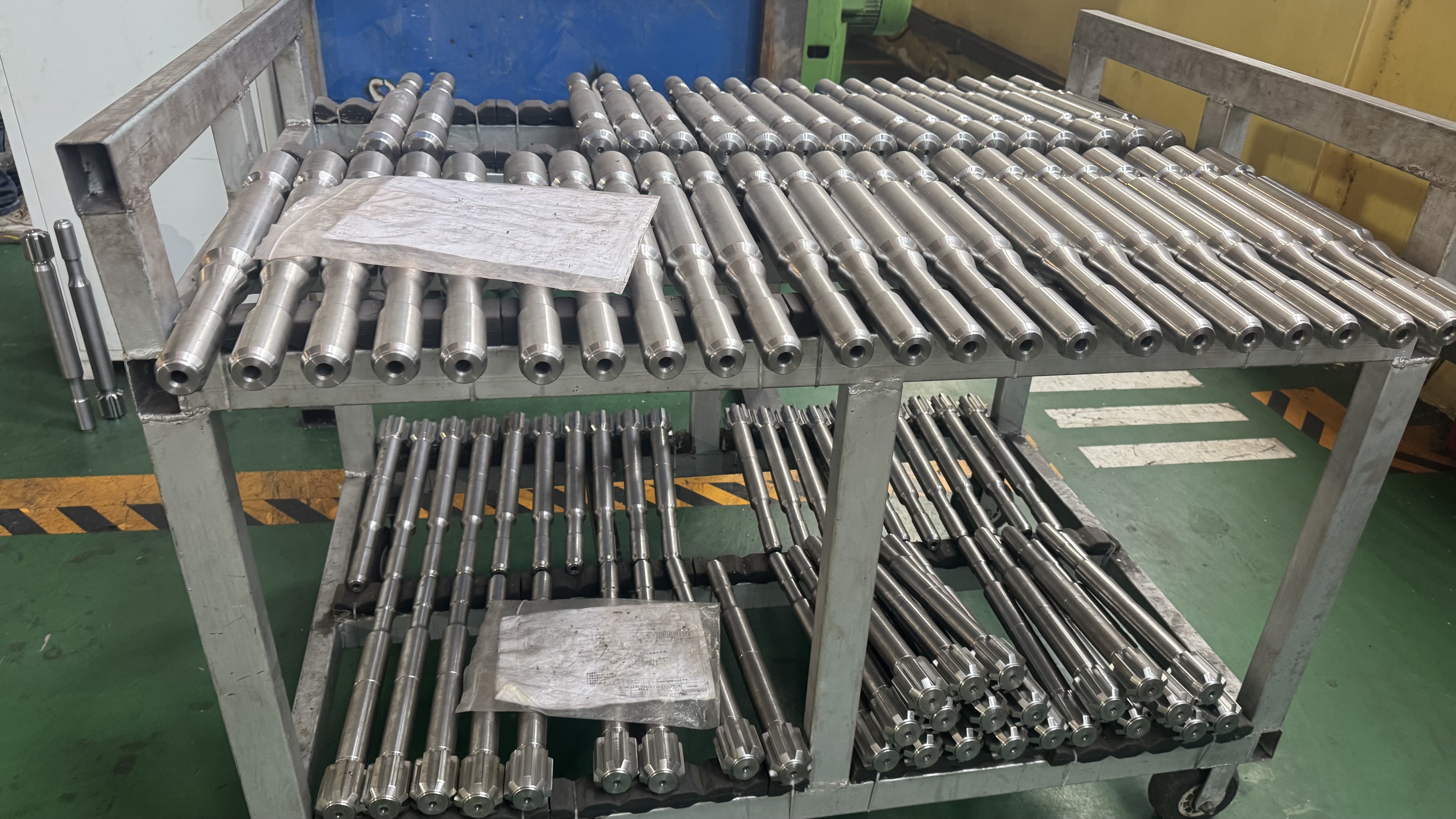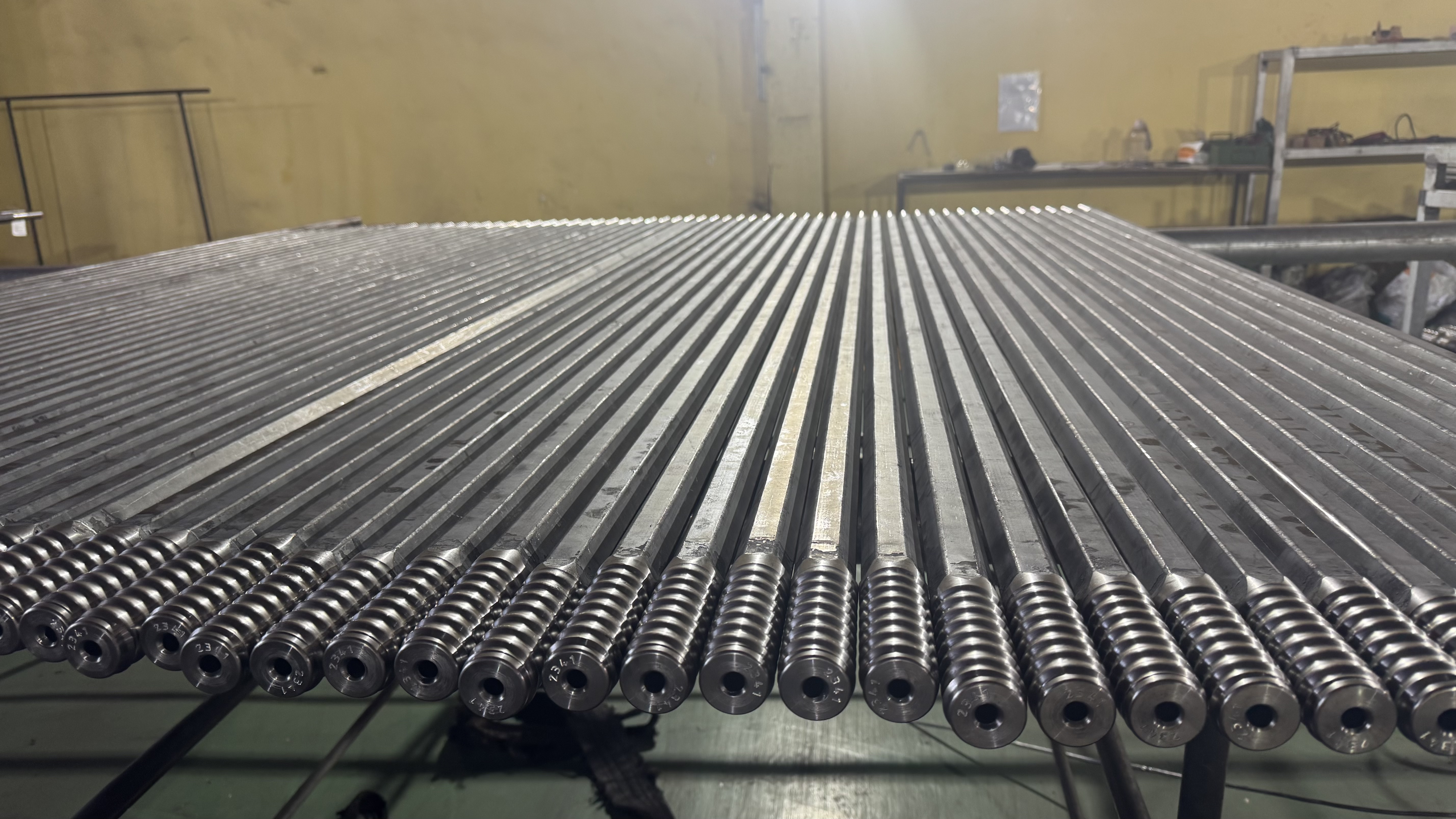iadc code for tricone bits
The IADC code for tricone bits represents a standardized classification system developed by the International Association of Drilling Contractors to identify and categorize roller cone drill bits. This comprehensive coding system consists of four characters that provide essential information about the bit's design and intended applications. The first three characters are numerical digits that specify the bit series, formation type, and cutting structure, while the fourth character is a letter indicating the bearing design and special features. This system enables drilling professionals to quickly identify the most suitable bit for specific drilling conditions. The code effectively communicates critical information about the bit's capabilities, including its ability to handle various formation types from soft to extremely hard, the bearing type's load-bearing capacity, and special features such as gauge protection or enhanced cutting structures. The standardization provided by the IADC code has revolutionized the drilling industry by streamlining bit selection processes and improving communication between operators, manufacturers, and drilling contractors. This universal classification system has become particularly valuable in international operations where language barriers might otherwise complicate technical specifications and bit selection processes.


